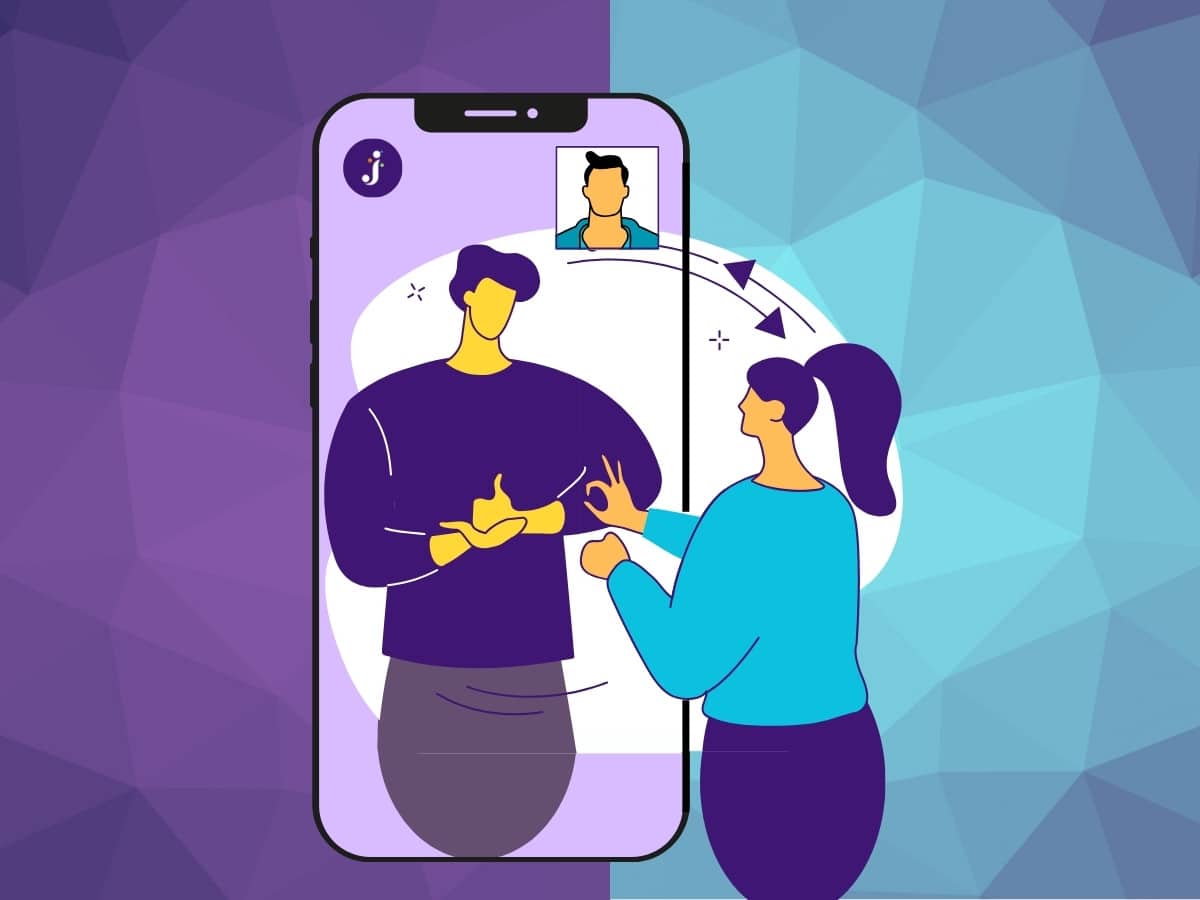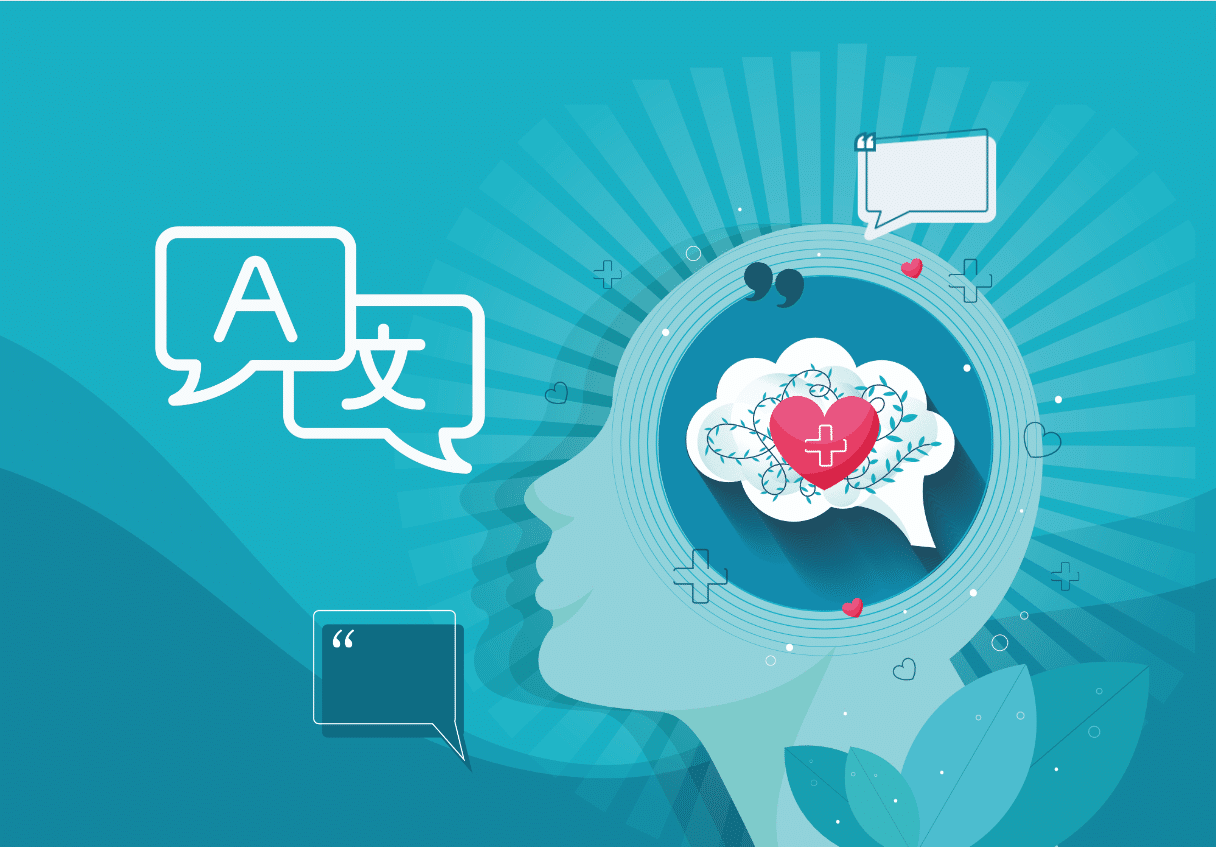Here are 8 valuable tips for working with ASL medical interpreters in healthcare to serve deaf patients.
Having access to communication is a basic human right. At Jeenie, we understand the importance of effective communication between healthcare professionals and deaf patients. American Sign Language (ASL) interpreters assist in bridging that gap to ensure the patient fully understands their medical information and empowers them to make more informed decisions about their healthcare. To ensure a smooth and successful interaction, here are 8 valuable tips for working with ASL interpreters in healthcare to serve deaf patients.
1. Treat the Deaf Patient as the Primary Communication Partner
When communicating through an ASL medical interpreter, it is crucial to speak directly to the deaf patient. In some cases, if the patient is a minor or requires assistance, it may also involve addressing the parent, guardian, or custodial caregiver. The interpreter will convey your message in first person to ensure clarity and avoid confusion. This approach not only empowers the patient by establishing direct communication but also fosters a sense of inclusivity and understanding within the healthcare setting.
2. Maintain Visual Contact
As the healthcare provider, it is crucial to position yourself in a way that ensures clear visibility for both the deaf patient and the interpreter. This means making sure there are no obstructions or barriers that hinder visual cues, which are essential in ASL communication. Remember to avoid covering your mouth or blocking the line of sight, as this can impede understanding. This ensures that all parties can easily follow and engage in the conversation.
3. Use Clear and Concise Language
Linguistically, it can be difficult to understand some of the terminology that is used in different healthcare specializations and package it in a way that the deaf patient understands clearly. It can also be difficult to understand the provider at times due to their speech pattern, accent, or speed. To combat this, speak clearly and at a moderate pace, allowing the interpreter to accurately convey your message. Use simple language and avoid jargon or complex medical terms whenever possible. This helps the deaf patient understand and actively participate in their own healthcare decisions.
4. Respect the Interpreter's Role
ASL interpreters are highly skilled professionals trained to facilitate effective communication. Trust their expertise, and when working with ASL interpreters in healthcare, refrain from asking them to omit information or assume that the deaf patient cannot understand. The interpreter's role is to ensure accurate and complete communication between all parties involved.
5. Be Culturally Sensitive
Recognize and respect the cultural differences and norms present in the Deaf and Hard of Hearing communities. ASL interpreters are sensitive to these cultural nuances and adapt their interpretation accordingly. Providers tend to raise their voice or yell when speaking to the patient and the interpreter, which is unnecessary. Do not assume that the deaf patient is unable to understand the information being presented. Creating a culturally inclusive environment promotes understanding and improves the overall healthcare experience.
6. Provide Adequate Preparation Time
Many providers assume deaf patients can “simply bring someone” to interpret for them. However, it is the provider’s responsibility to schedule an interpreter. Whenever possible, scheduling an interpreter at least two weeks in advance will ensure coverage and allow for proper preparation. Pre-scheduled calls ensure that interpreters have the necessary time to familiarize themselves with medical terminology and any specific context related to the appointment. This preparation leads to more successful communication and customer satisfaction.
7. Be Open and Transparent
In order to ensure effective communication, it is important to be open and transparent during interactions with deaf patients and working with ASL interpreters in healthcare. This means using clarification techniques with both the interpreter and the deaf patient. It is crucial to avoid "taking over" the conversation and instead create a collaborative environment. By fostering openness and transparency, healthcare professionals can establish trust and effectively convey information, empowering the patient to make informed decisions about their healthcare.
8. Understanding
Patience and cultural understanding are very important to the Deaf and Hard of Hearing communities. Confirming the deaf individual understands the treatment plan and procedures before administering medication or requiring signatures ensures the patient feels empowered in their healthcare decisions. Understand that the patient will have questions that may seem repetitive to the provider, but in actuality, they are checking for understanding. This is similar to medical providers when documenting patient information by asking, “So what brings you in today?”
Conclusion: Working with ASL Interpreters in Healthcare
Having access to communication is a basic human right. Understanding and communicating your needs as a patient is imperative to making informed healthcare decisions. As a provider, diagnosis and treatment require having accurate information from the patient. And oftentimes, writing back and forth and lip reading are not sufficient and miscommunication will occur. Providing professional and qualified ASL interpreters can ensure that deaf patients receive the care they deserve. Working with ASL interpreters in healthcare and following these tips can make for a seamless interaction between the provider, patient, and interpreter.









